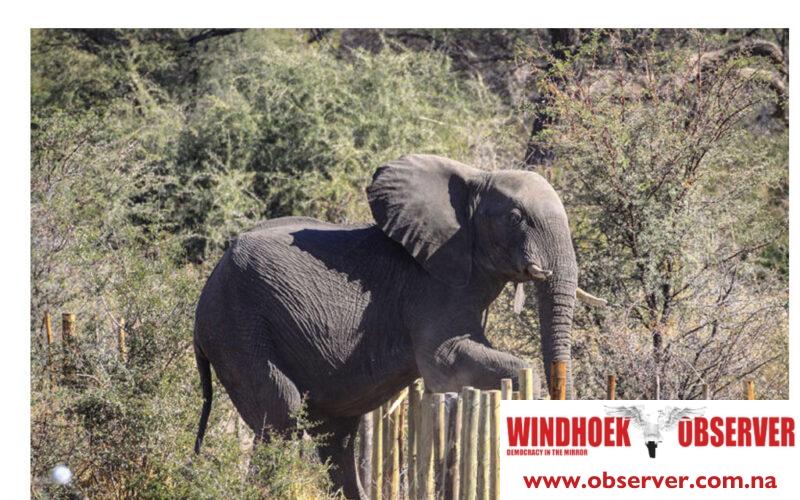Niël Terblanché
The Cabinet has approved an increase in payments for victims of human-wildlife conflict (HWC) under the Human-Wildlife Conflict Self-Reliance Scheme.
This policy adjustment, which will take effect on September 1, is aimed at providing greater financial support to individuals and communities affected by the increasing incidences of wildlife-related losses and injuries, particularly during periods of drought when such conflicts tend to intensify.
The approved compensation rates published in the latest list of Cabinet decisions released by the Ministry of Information and Communication Technology last week include N$100 000 for funeral and related costs in the event of death, as well as varying amounts for injuries, disabilities, and livestock losses.
For example, the scheme will now pay N$5 000 for the loss of a cow or bull, as well as N$2 000 per hectare of crops destroyed by wildlife.
Human-wildlife conflict in Namibia has been an ongoing challenge, exacerbated by prolonged droughts that drive both wildlife and livestock into closer proximity as they compete for scarce resources.
The arid conditions make it difficult for predators like lions, leopards, and hyenas to find natural prey, often leading them to attack livestock, which in turn prompts retaliatory killings by farmers.
This cycle of conflict not only endangers wildlife but also threatens the livelihoods of rural communities.
Efforts to manage and mitigate these conflicts have been ongoing, with the Ministry of Environment, Forestry and Tourism (MEFT) implementing various strategies, including early warning systems like the collaring of elephants to track their movements and prevent them from entering human settlements.
Additionally, MEFT has implemented practical measures such as chilli pepper fences, noise deterrents, and crop field protection to reduce the risk of wildlife encroachment.
The situation remains complex, particularly in regions like Kunene and Zambezi, where incidents of livestock destruction and crop damage are most prevalent.
The ongoing drought has worsened these conflicts as wildlife increasingly targets livestock and crops, leading to significant economic losses for farmers.
Human-wildlife conflict is also rife in the Kavango East and Zambezi regions, where people lose their lives due to crocodile attacks.
This occurs primarily during the rainy season due to floods and increased river levels.
The government’s recent policy changes reflect a recognition of these growing challenges and an effort to provide more substantial support to those affected.
According to the list of Cabinet decisions, the initiative is part of a broader strategy to balance the needs of wildlife conservation with the livelihoods of rural communities, aiming to foster a sustainable coexistence between humans and wildlife in Namibia’s diverse landscapes.




